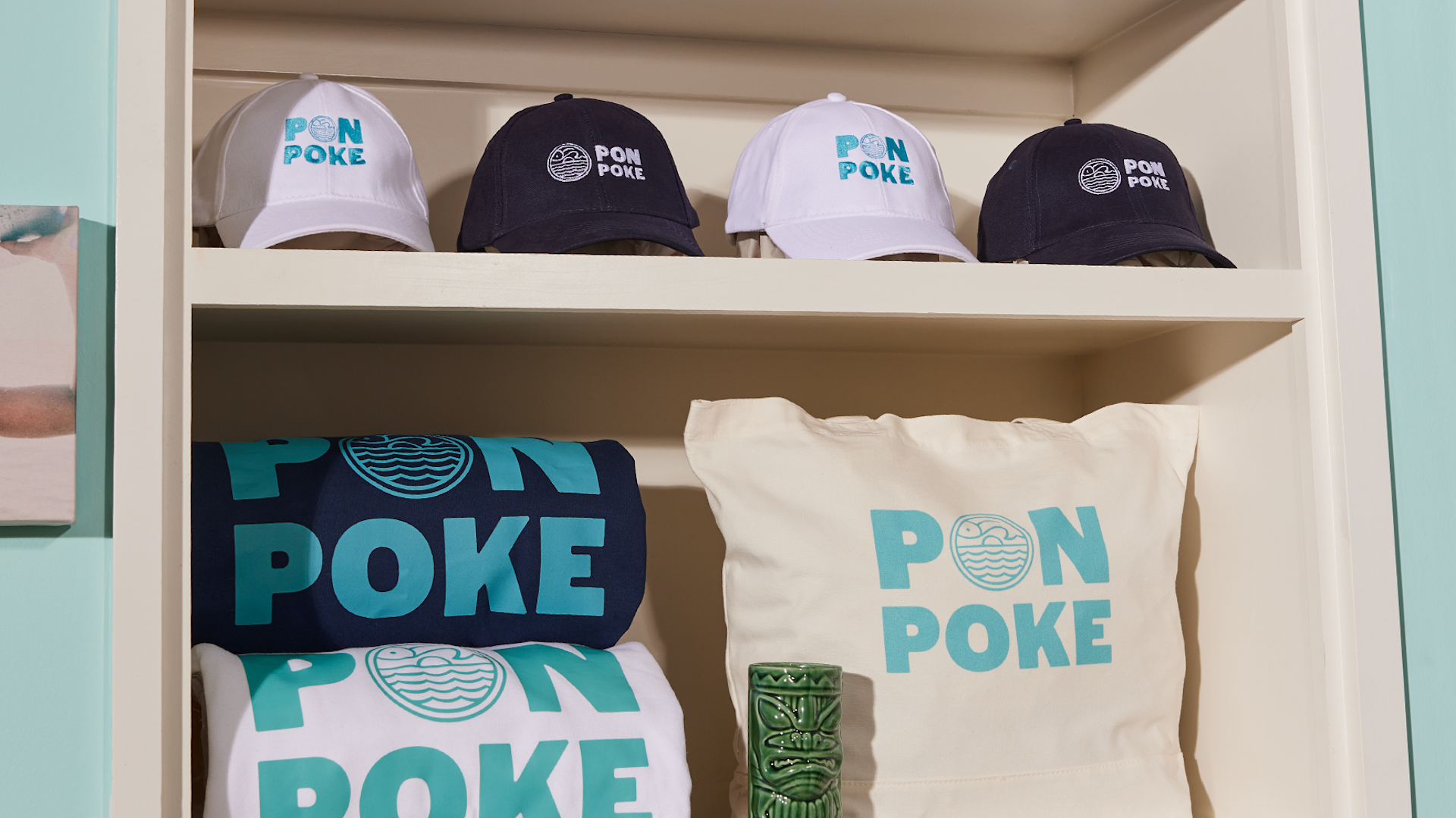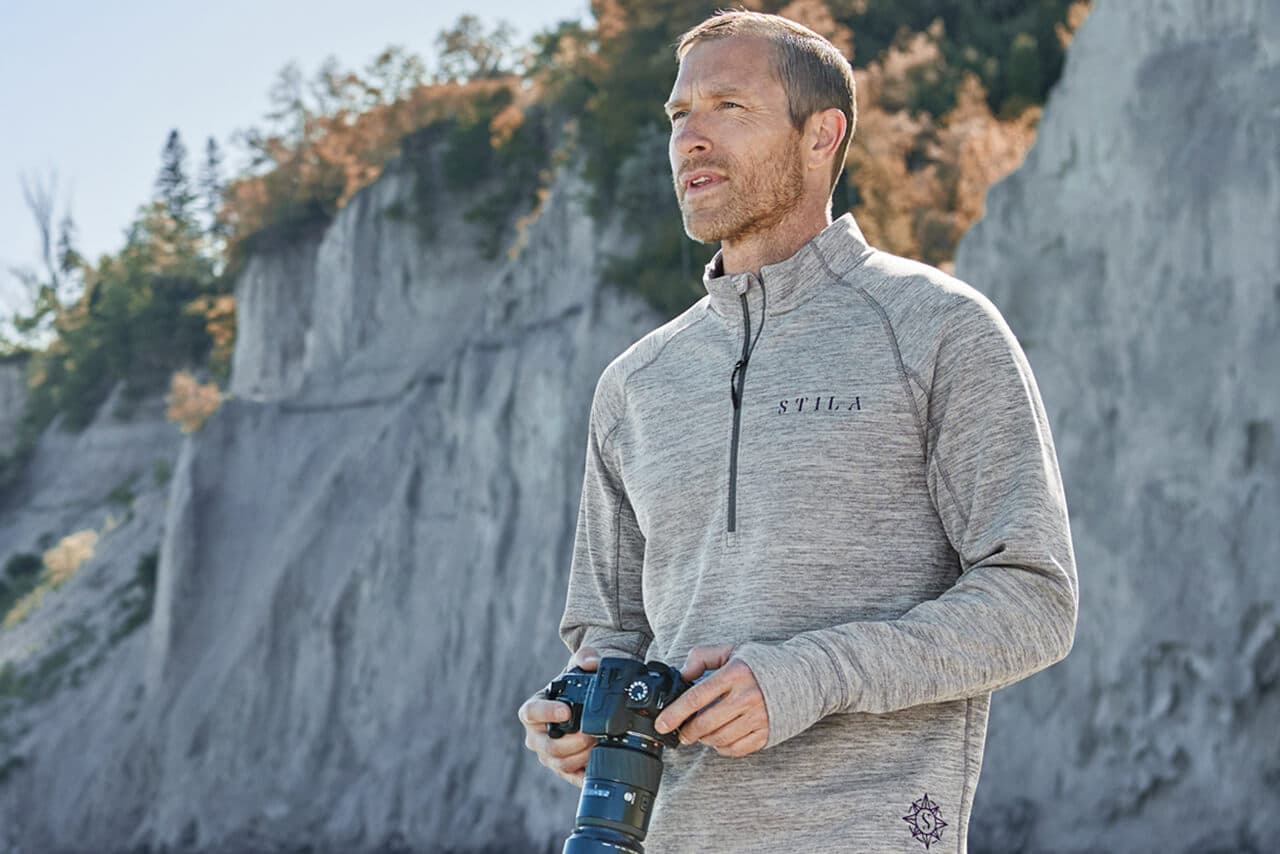The Significance of Sustainable Clothes: Just How It Influences the Environment and Your Wardrobe
Sustainable apparel is increasingly recognized for its critical function in reducing the ecological influence of the fast apparel industry. By focusing on eco-friendly materials and honest manufacturing techniques, it deals with pressing eco-friendly issues. This change not just profits the earth yet also influences customer selections, causing an extra thoughtful technique to wardrobe management. Comprehending these characteristics elevates important inquiries about fashion's future and personal duty fit it.
The Ecological Impact of Fast Fashion

Advantages of Sustainable Products
Sustainable materials provide significant advantages, particularly via environmentally friendly fabric options that lessen ecological injury. These materials also show durability and long life, reducing the demand for regular replacements. As an outcome, they add to a more lasting fashion business and promote liable consumer behavior.
Eco-Friendly Textile Options
While the garment industry has actually long been connected with rapid fads and ecological injury, the increase of environment-friendly material options provides a transformative opportunity. Sustainable materials such as organic cotton, hemp, and Tencel have actually gained popularity as a result of their reduced ecological influence. These fabrics are typically generated without harmful chemicals and need less water, minimizing their carbon impact - Branded Clothing. In addition, numerous environmentally friendly textiles are biodegradable, adding to a circular economy by lessening waste. Choosing lasting materials not only sustains environmentally responsible techniques however additionally advertises much healthier ecosystems. As customers come to be a lot more knowledgeable about their acquiring power, the need for eco-friendly fabrics encourages brands to introduce and embrace more sustainable production approaches, ultimately profiting the world and future generations
Resilience and Long Life Advantages
Several customers are increasingly recognizing the sturdiness and durability benefits of sustainable products in their clothing selections. Unlike conventional materials, lasting materials such as organic cotton, hemp, and recycled polyester are engineered to stand up to wear and tear, resulting in garments that last much longer. This decreased regularity of substitute not only conserves customers cash over time however also reduces waste produced by rapid fashion. Furthermore, lasting apparel usually uses eco-friendly manufacturing approaches that enhance textile toughness, contributing to a decrease in the overall carbon impact. By buying durable clothes, consumers can grow an extra lasting wardrobe while appreciating top notch pieces that keep their aesthetic and performance in time. Durability and long life stand as essential benefits of selecting lasting products.
Lowering Waste With Lasting Practices
Minimizing waste in the apparel industry can be achieved with cutting-edge practices such as upcycling and repurposing products. Furthermore, taking on minimalist closet techniques motivates customers to prioritize top quality over amount, eventually decreasing clothes usage. Together, these strategies add substantially to a more lasting clothes model.
Upcycling and Repurposing Materials
Upcycling and repurposing products have actually become cutting-edge methods in the fashion business, changing thrown out fabrics into beneficial brand-new products. This approach not just reduces waste however likewise encourages imagination and individuality in clothes design. By taking old garments and materials, designers can develop unique pieces that mirror personal design while lowering the demand for brand-new sources. In addition, upcycling typically calls for less energy and water contrasted to typical manufacturing processes, significantly reducing the ecological impact of style. As customers become a lot more mindful of sustainability, the popularity of upcycled apparel remains to rise, advertising a round economy. Inevitably, these techniques add to a much more sustainable future, where fashion prioritizes ecological health over rapid production and consumption.

Minimalist Closet Approaches
As people significantly seek to decrease their ecological influence, adopting minimalist closet methods has actually acquired traction as an effective approach to sustainable style. These approaches stress top quality over amount, encouraging consumers to curate a smaller collection of versatile, durable apparel. By concentrating on classic items that can be combined and matched, people can minimize the regularity of acquisitions and inevitably lower waste.Additionally, minimalism advertises conscious usage, prompting buyers to mirror on the environmental and honest implications of their choices. This technique not only promotes a more lasting way of life however additionally streamlines daily decision-making relating to clothes. As people embrace minimal principles, they add to a style society that values sustainability and liable consumerism, eventually leading to an extra eco-conscious culture.
The Duty of Ethical Labor in Sustainable Style
While many consumers are progressively knowledgeable about the ecological consequences of their garments options, the relevance of ethical labor practices in sustainable fashion can not be forgotten. Ethical labor includes fair salaries, secure working conditions, and respect for workers' legal rights, creating the backbone of responsible style production. Brand names that prioritize moral labor not only boost areas yet also established a standard for responsibility in the industry.Moreover, the assimilation of moral techniques promotes openness, enabling customers to make enlightened selections concerning their acquisitions. This practice contrasts greatly with rapid fashion's unscrupulous labor designs, which frequently prioritize profit over individuals. By supporting business committed to ethical labor, customers add to a system that values human self-respect alongside ecological sustainability. Honest labor is not just an add-on; it is vital to the broader mission of sustainable fashion, ensuring that the quest for eco-friendliness does not come at the expenditure of human civil liberties.
The Influence of Sustainable Clothes on Carbon Emissions
Lasting apparel has the potential to substantially decrease carbon discharges connected with the fashion business. Conventional garment production contributes especially to greenhouse gas emissions, primarily as a result of energy-intensive production procedures and making use of non-renewable sources. On the other hand, lasting style focuses on environment-friendly materials, such as natural cotton or recycled fibers, which commonly need less energy to produce.Moreover, lasting brand names have a tendency to adopt more efficient production practices, minimizing waste and lowering total emissions. By prioritizing toughness and ageless style, sustainable apparel motivates consumers to get much less often, additional reducing the carbon impact connected with overconsumption.Additionally, several sustainable Read More Here brands are dedicated to transparency in their supply chains, making it possible for customers to make enlightened choices that line up with their values. Inevitably, shifting towards lasting apparel can cause a substantial reduction in carbon discharges, adding to a healthier planet and a more sustainable future for the garment industry.
Supporting Regional Economies With Lasting Selections
The shift toward lasting clothes not only addresses environmental concerns however likewise significantly benefits local economies. By choosing lasting style, consumers frequently support local artisans and small companies, enhancing neighborhood resilience. These enterprises normally operate on a smaller range, prioritizing workmanship and moral techniques over mass production.Investing in locally made sustainable clothes cultivates work creation and promotes financial development within neighborhoods. As customers become much more knowledgeable about the ecological influence of their acquisitions, they increasingly seek products that reflect their worths. This demand urges local makers to adopt lasting methods, adding to a circular economy.Moreover, supporting local companies lowers transport discharges, straightening with eco-conscious customer habits. The interconnectedness of sustainable apparel and regional economic climates underscores the essential function that specific choices play in advertising both environmental and economic wellness. By promoting these local links, communities can thrive while additionally working towards an extra sustainable future.
Changing Your Closet: Tips for a Sustainable Closet
As individuals seek to decrease their ecological impact, changing a wardrobe into a sustainable closet becomes a crucial step. One reliable strategy is to evaluate existing clothes, maintaining just products that are worn regularly and that straighten with sustainability goals. Focusing on top quality over quantity is important; investing in durable items from environmentally friendly brand names can significantly minimize waste.Additionally, including pre-owned items can revive a closet while lessening ecological damages. Organizing clothing swaps with good friends or donating unused items can further advertise sustainability.When buying, individuals ought to look for materials that are natural, recycled, or naturally degradable, and prevent fast style merchants - Branded Clothing. Lastly, practicing conscious consumption by attentively taking into consideration each acquisition can add to a much more sustainable way of living. By executing these tips, one can develop a closet that reflects personal style while sustaining ecological stewardship
Regularly Asked Questions
How Can I Recognize Lasting Clothes Brands?
To determine sustainable garments brand names, one ought to research materials made use of, look for certifications like Fair Trade, and examine the brand name's transparency about their production procedures, labor techniques, and ecological impact, making certain eco-friendly and moral techniques are focused on.
What Are the Expenses Connected With Lasting Style?
The expenses related to sustainable fashion can differ significantly. Higher manufacturing expenditures, ethical sourcing, and environment-friendly products frequently lead to enhanced list prices, which may discourage some consumers while appealing to eco mindful consumers.
Can Lasting Clothes Be Elegant and Trendy?
Sustainable clothes can undoubtedly be stylish and stylish. Designers progressively prioritize cutting-edge materials and honest manufacturing approaches, confirming that style and sustainability can exist side-by-side. Customers currently have diverse choices that mix visual appeals with environmental awareness.
Exactly How Does Laundering Clothes Affect Their Sustainability?
Washing garments that site significantly impacts sustainability by consuming water and energy, adding to air pollution, and triggering microplastic release. Frequent cleaning can degrade textiles, shortening their lifespan and enhancing the demand for replacements, eventually intensifying environmental problems.
What Is the Life-span of Sustainable Garments Compared to Fast Style?
The lifespan of sustainable apparel typically exceeds that of fast fashion products, frequently lasting view it now numerous years due to high quality products and workmanship. In comparison, rapid fashion garments might weaken rapidly, necessitating even more regular substitutes. Lasting clothes is increasingly recognized for its crucial duty in reducing the ecological influence of the fast fashion industry. While many customers are significantly conscious of the ecological effects of their clothing options, the significance of ethical labor methods in lasting fashion can not be neglected. Branded Clothing. Lasting clothes has the prospective to substantially lower carbon emissions associated with the fashion industry. In comparison, lasting fashion concentrates on environment-friendly materials, such as organic cotton or recycled fibers, which commonly need much less energy to produce.Moreover, lasting brand names tend to embrace extra effective manufacturing methods, lessening waste and lowering overall exhausts. By prioritizing resilience and classic style, lasting clothes motivates consumers to buy less frequently, additional lowering the carbon impact associated with overconsumption.Additionally, many sustainable brands are devoted to openness in their supply chains, enabling customers to make enlightened choices that straighten with their values